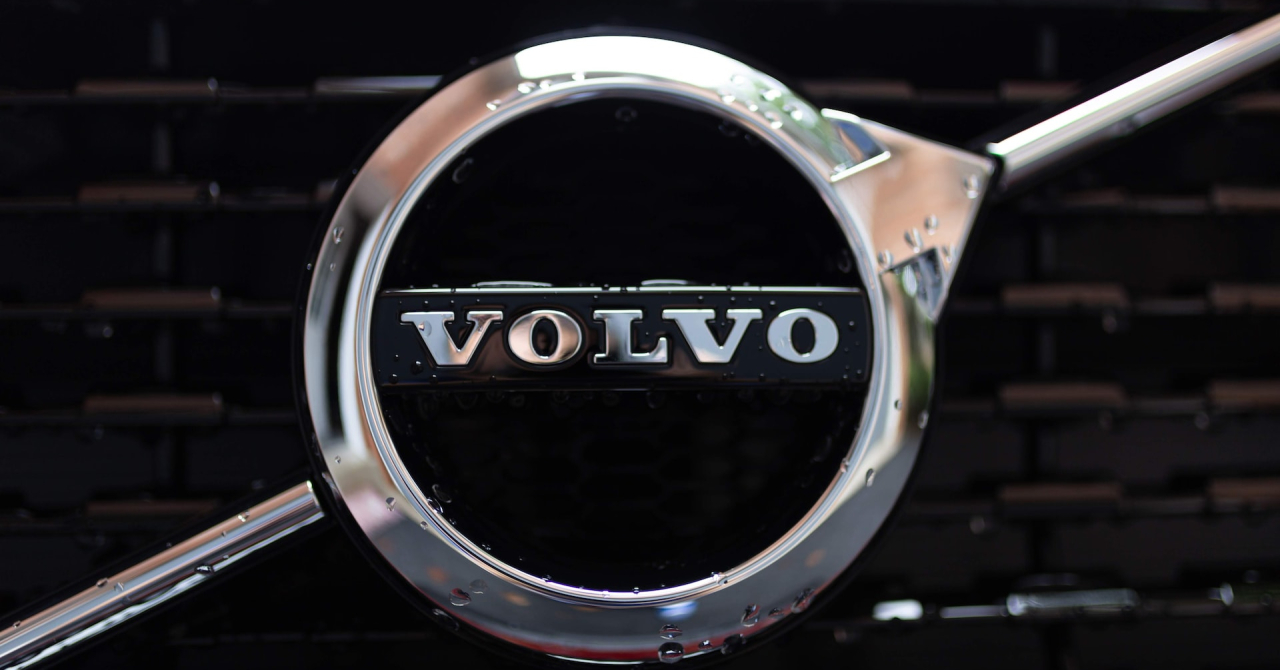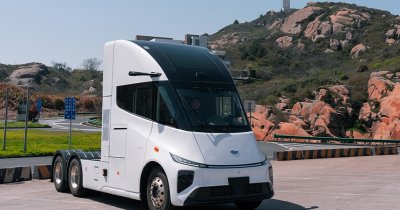According to Electrive, Volvo's solution differs from the competition in the way that bidirectional charging will work both on AC and DC power.
Lutz Stiegler, Solution Manager Electric Propulsion at Volvo Cars, said that "our in-car charger is bidirectional by default, so it can charge and discharge at 11 kW."
"If we were to offer DC only, the onboard charger doesn’t have to be able to do that, so a pure charging function is enough", he added.
Company officials said that the current strategy implies bundling future Volvo EVs built on the new platform with AC wallbox charging stations, which offer bidirectional charging at slower speeds.
Those who want a complete system can opt for the more expensive variant, which can be packed with battery storage for power and even solar panels.
At the same time, the bidirectional charging capabilities will have another advantage, in the way that you can charge other EVs at 11 kW using the onboard AC charger.
 Mihai - Cristian Ioniță
Mihai - Cristian Ioniță












Any thoughts?